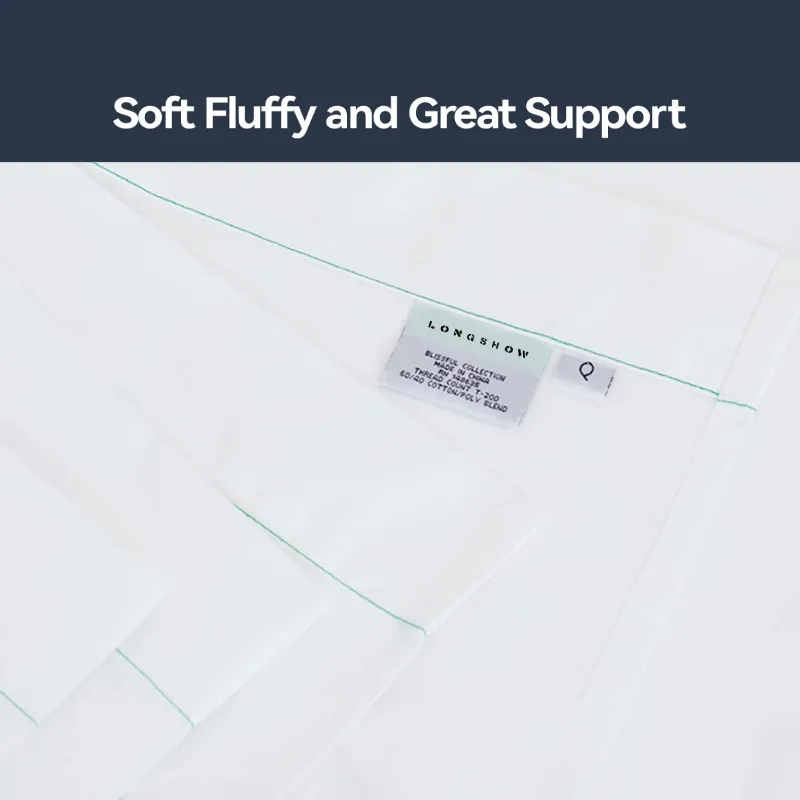...
2025-08-14 04:31
930
...
2025-08-14 04:07
1658
...
2025-08-14 03:16
2963
...
2025-08-14 03:10
2659
...
2025-08-14 03:00
628
...
2025-08-14 02:58
1608
...
2025-08-14 02:32
2058
...
2025-08-14 02:29
893
When choosing pack and play sheets for your child, there are a few things to consider
...
2025-08-14 02:27
1091
...
2025-08-14 02:21
1747

